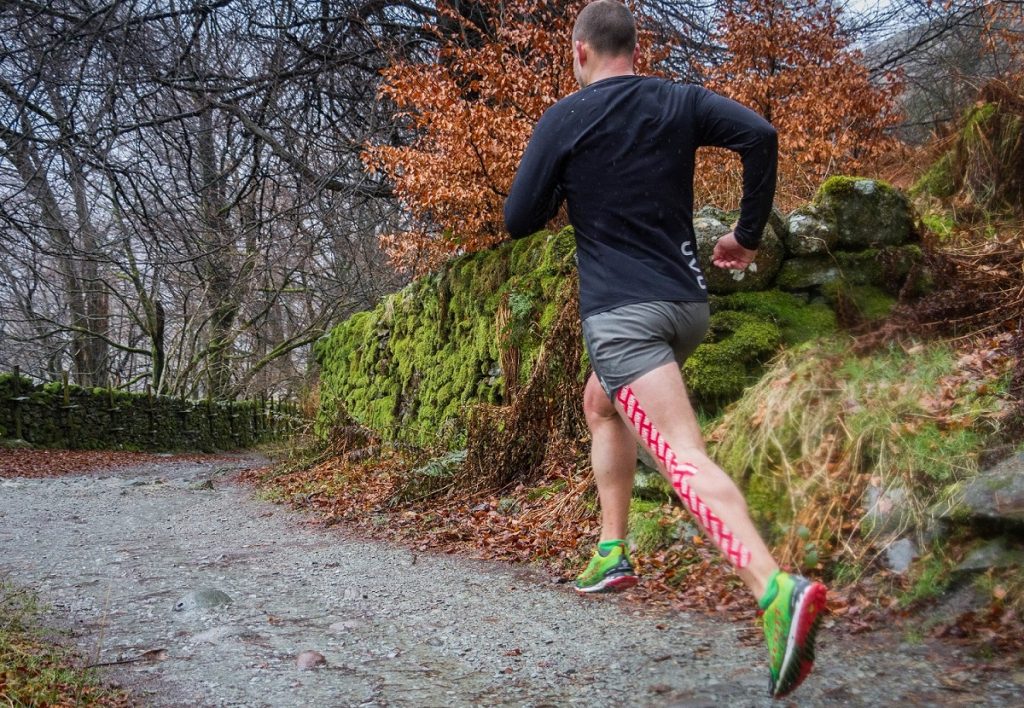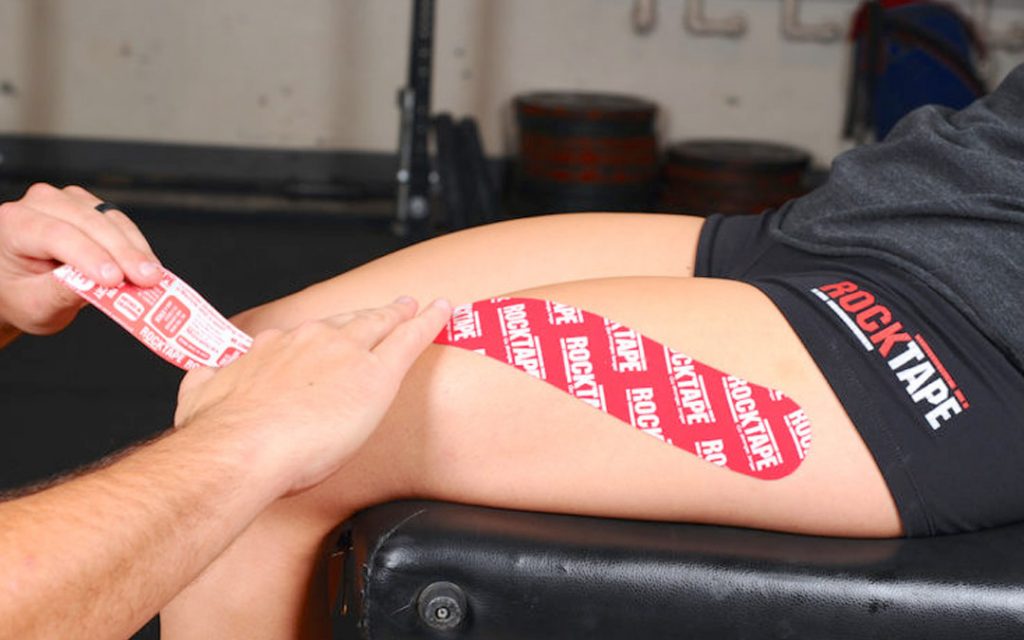The Importance and Purpose of Rock Tape: Move More, and Move Better
Rock Tape is a go-to for professional athletes, chiropractors and physiotherapists who recognize its versatility and effectiveness as one of the most trusted performance-enhancing and recovery aid available. It can be used to support muscles and tissues, improve muscle activation and proprioception, prevent injuries, relieve pain, warm-up before exercise, cool down after exercise and enhance athletic performance.
Whether you’re a professional athlete, or someone who just spends their weekends running around on the field, Rock Tape is a valuable piece of equipment that should be part of your rehabilitation and performance management program.
What is Rock Tape?

As a well-known brand of kinesiology tape, it’s used mostly in sports medicine and physical therapy to treat athletic injuries and relieve pain. Kinesiology Rocktape is worn on the skin to provide support for muscles, joints, and ligaments during athletic activity.
Although the idea of wrapping tape around a sore or injured body part might sound like an old-fashioned approach to treating injuries, it’s actually a fairly new invention. Kinesiology taping has only been around since 1979 when Japanese chiropractor Kenzo Kase developed it as an alternative to traditional athletic tape.
This new method of applying tape was designed to be gentler on athletes’ skin than the traditional counterpart and still provides all the benefits of standard athletic taping practices, such as muscle support and joint stability. The movement restriction provided by kinesiology tape often makes it more comfortable than rigid athletic taping methods.
How Does Rock Tape Work?

Kinesiology rocktape is different from other types of athletic tapes because it can stretch both along its length and across its width. This makes it easier for the athlete to move naturally without having their range of movement restricted by the tape.
It sticks to your skin and lifts it up slightly. This creates a small space under your skin between the layers of fascia and your muscle fibres. This allows fluid, lymph, blood, oxygen and nutrients to flow more freely between your muscles, cells, nerves and vessels.
This lifting action is called mechanotransduction which means that when you apply Rock Tape to your skin, it causes your body to change the way it works. The skin is one of the most sensitive structures in your body and contains many nerve endings. When you apply Rock Tape to a painful area, it helps reduce pain by stimulating these nerve endings.
What are the Uses and Benefits of Rock Tape?

Rock Tape is made from 97% cotton and 3% nylon for maximum stretch and comfort. Since it’s made from cotton, it can be worn for several days at a time without losing its elasticity – something that isn’t true for many other kinesiology tapes. This kind of durability makes Rock Tape ideal for athletes who want to wear their tape through multiple workouts or games. It has many applications. Here are some examples:
- Shoulder pain and injury. Shoulder injuries often cause pain in the upper arm and bicep area as well as the shoulder itself. Rock Tape is often used to relieve this pain while helping support injured muscles and joints during recovery.
- Elbow pain and injury. Golfer’s elbow and tennis elbow are common overuse injuries that affect many athletes. Rock Tape can help relieve symptoms such as elbow pain, forearm pain and wrist pain associated with these conditions.
- Wrist pain and injury. Sprains, strains, fractures, carpal tunnel syndrome and other wrist injuries can cause severe wrist pain that may radiate into the hand or forearm. Rock Tape is a great way to help relieve this type of wrist pain while supporting the injured area during recovery. Many weightlifters use it as a support for their wrists when lifting weights.
Because kinesiology taping is believed to help with blood flow, some people use it as part of lymphatic drainage therapy. Lymphatic drainage therapy is a massage-like technique that’s meant to support the lymphatic system by helping fluid move from areas of inflammation or injury toward healthy lymph nodes, where the fluid can be drained away.
How to Apply Rock Tape?

- Prepare the skin: To ensure the tape sticks, remove body hair and dry the skin thoroughly.
- Apply: Keep your application smooth and flat when placing Rock Tape. If there are wrinkles or bumps in your application, remove and reapply so that you don’t get “skin bridges” or peeling.
- Wear it for 3-5 days max: If you wear it longer, your body will adjust to the support and you’ll lose some of the benefits.
- No lotion or oil before taping: Don’t apply lotion or oil before taping (but it’s ok after).
- Get a good fit for joints: If you’re wearing Rock Tape on joints, make sure there’s no space between the nape and your skin, especially at the edges of each strip.
- Dress overtop of tape if possible: Tape overtop of clothing if possible (so you can keep on playing or training) but if you’re using it on a sensitive area like your lower back, it’s best to apply directly to the skin.
To Sum it All Up
Rock Tape has many uses and is an effective product. It’s not meant to replace professional medical advice or treatment, but rather augment it as needed. It’s a great way to support healing and recovery in your muscles and soft tissues, as well as prevent muscle soreness and injuries. Whether you’re getting ready for a game or getting back into shape after an injury, Rock Tape is an excellent tool to utilize.



